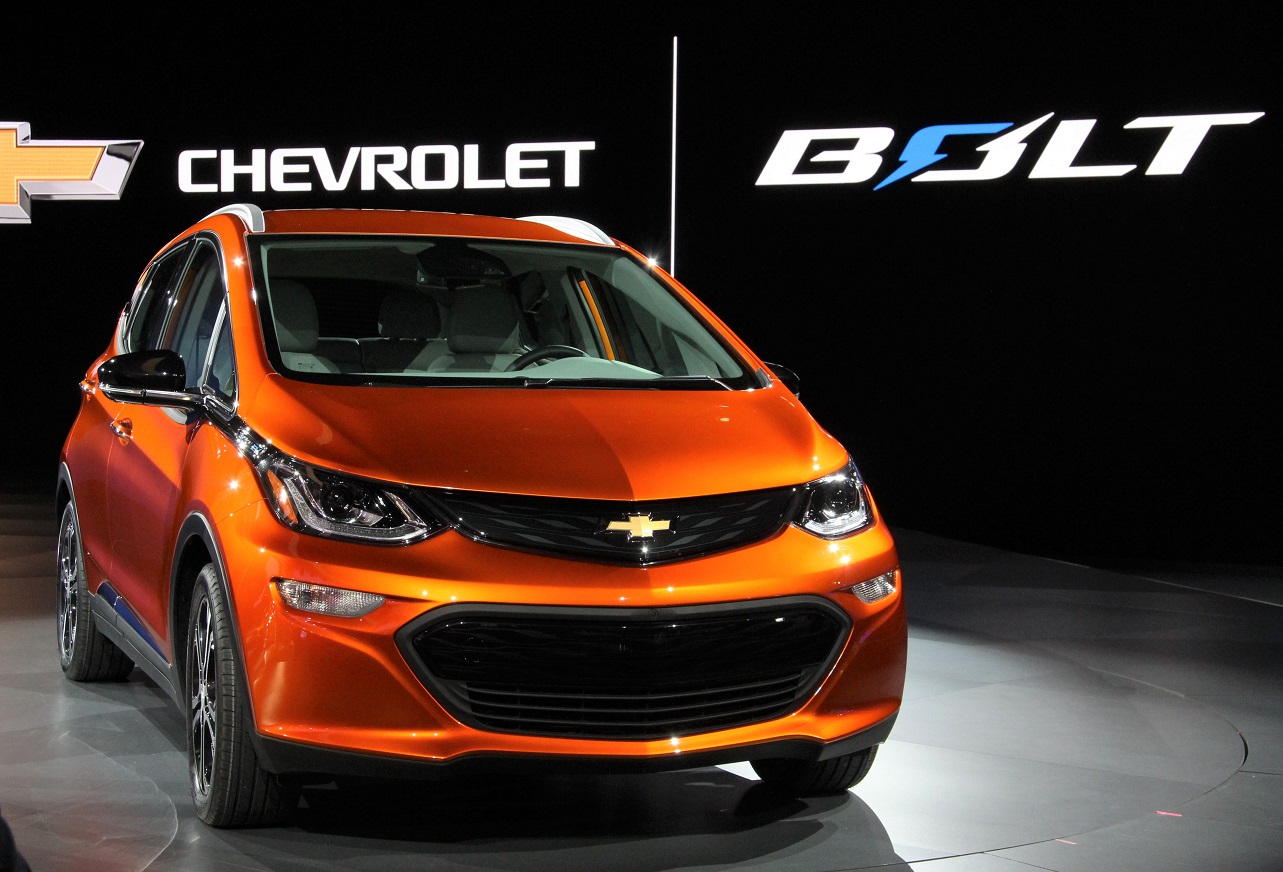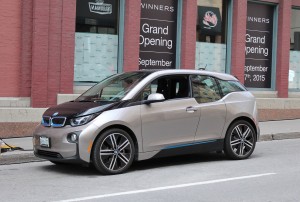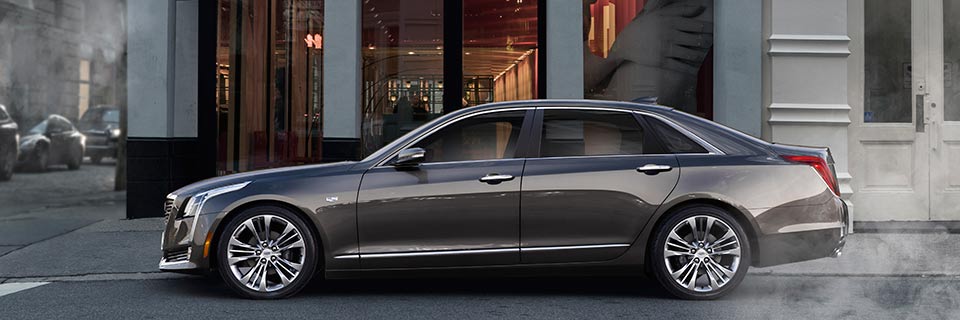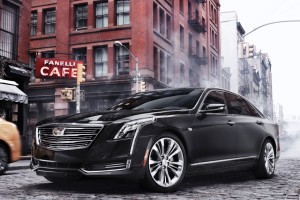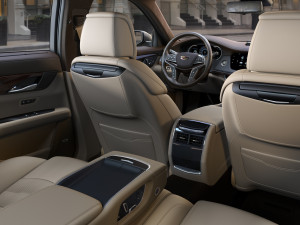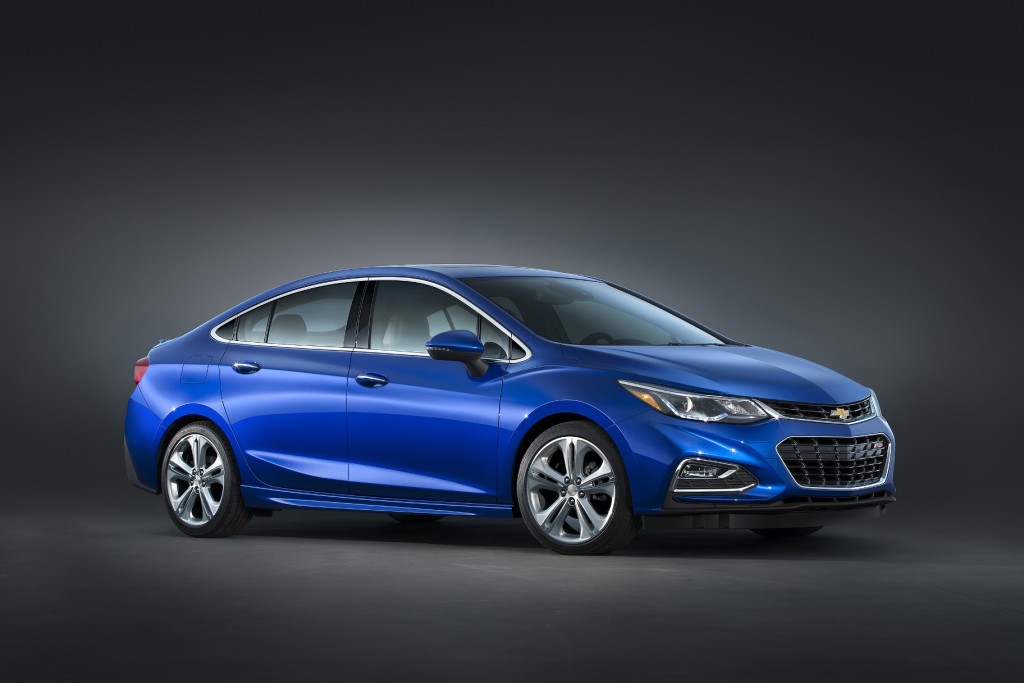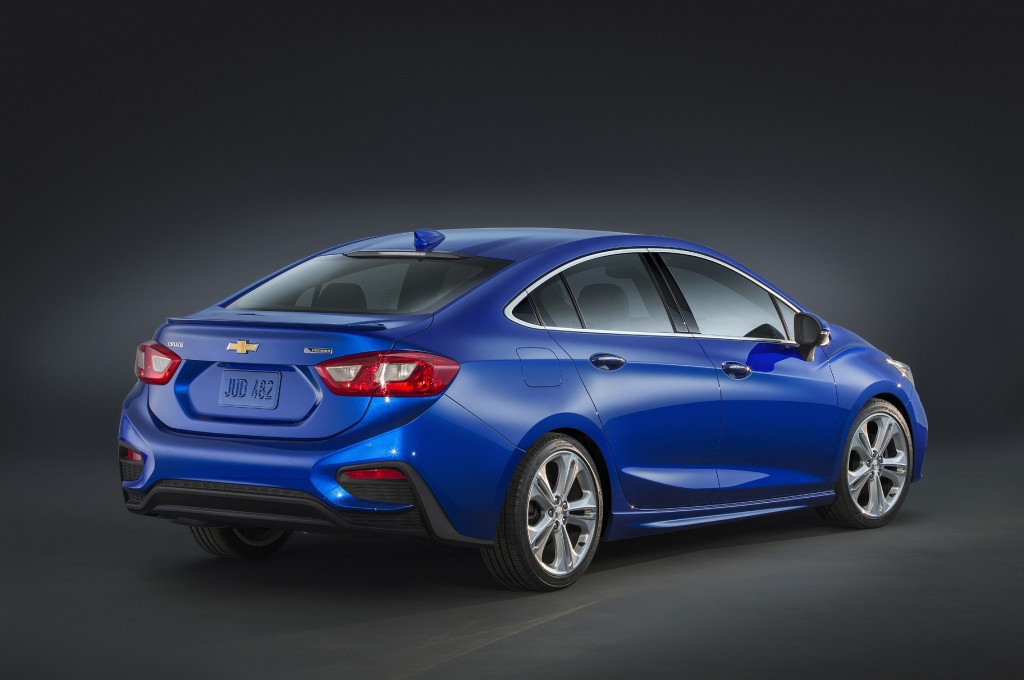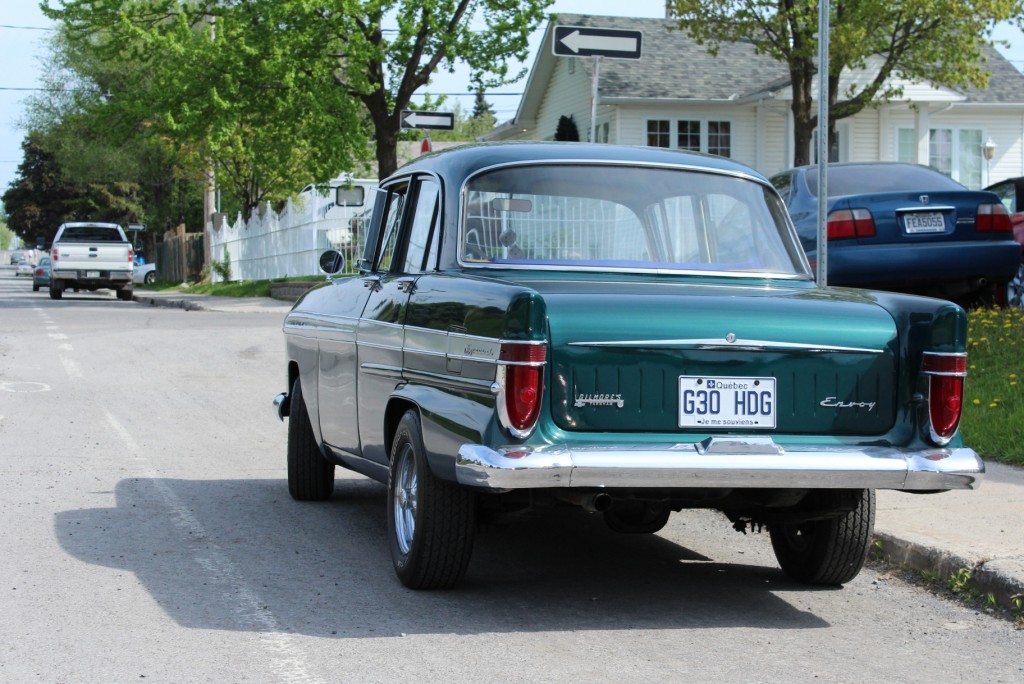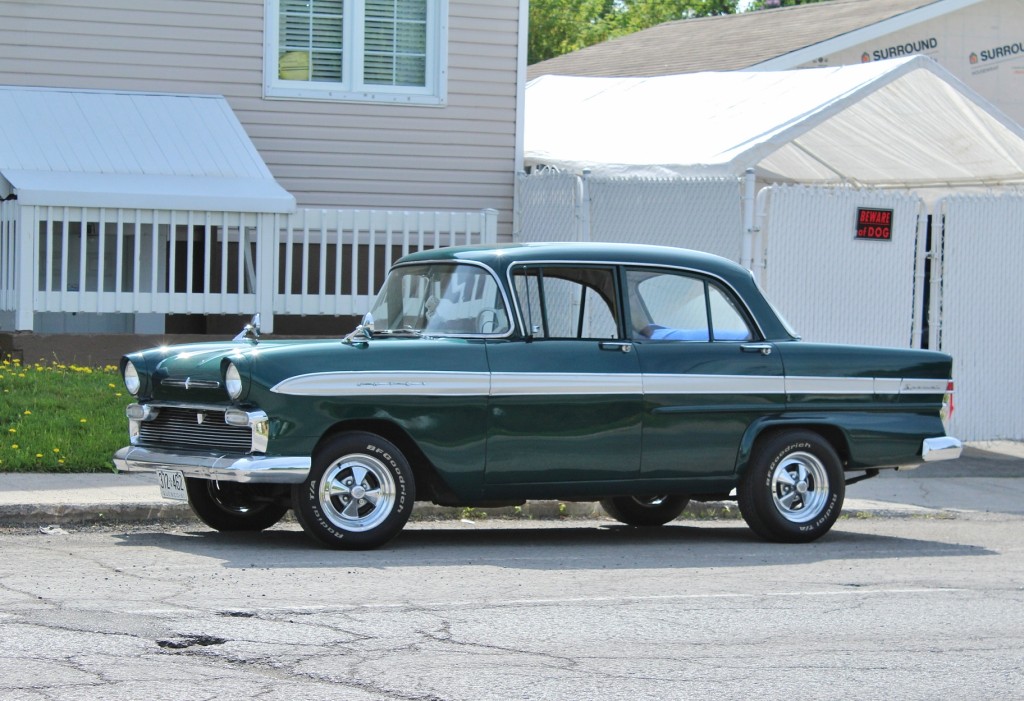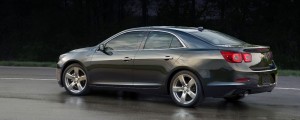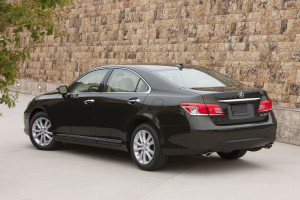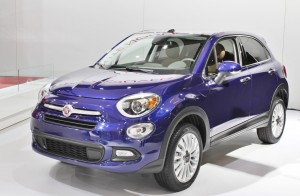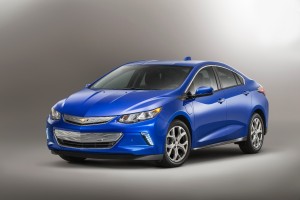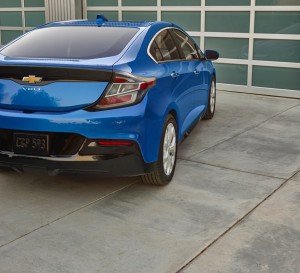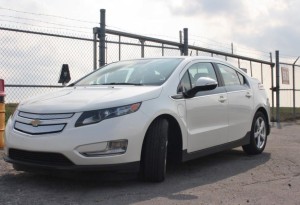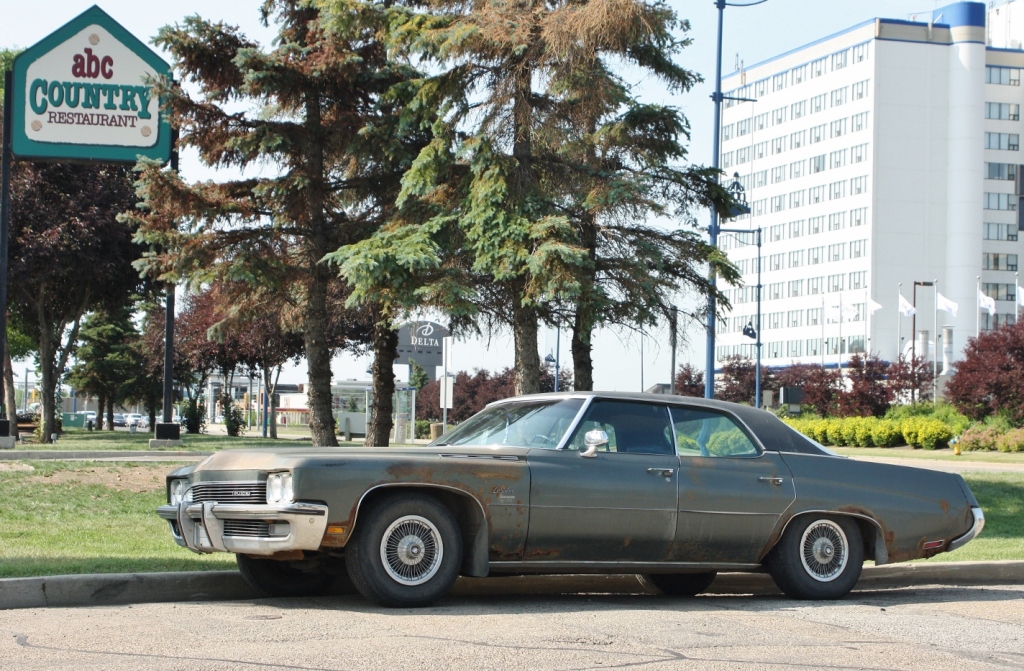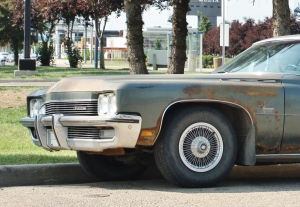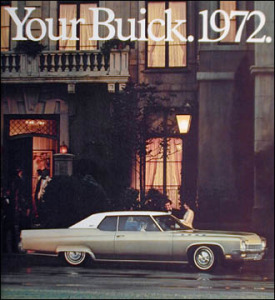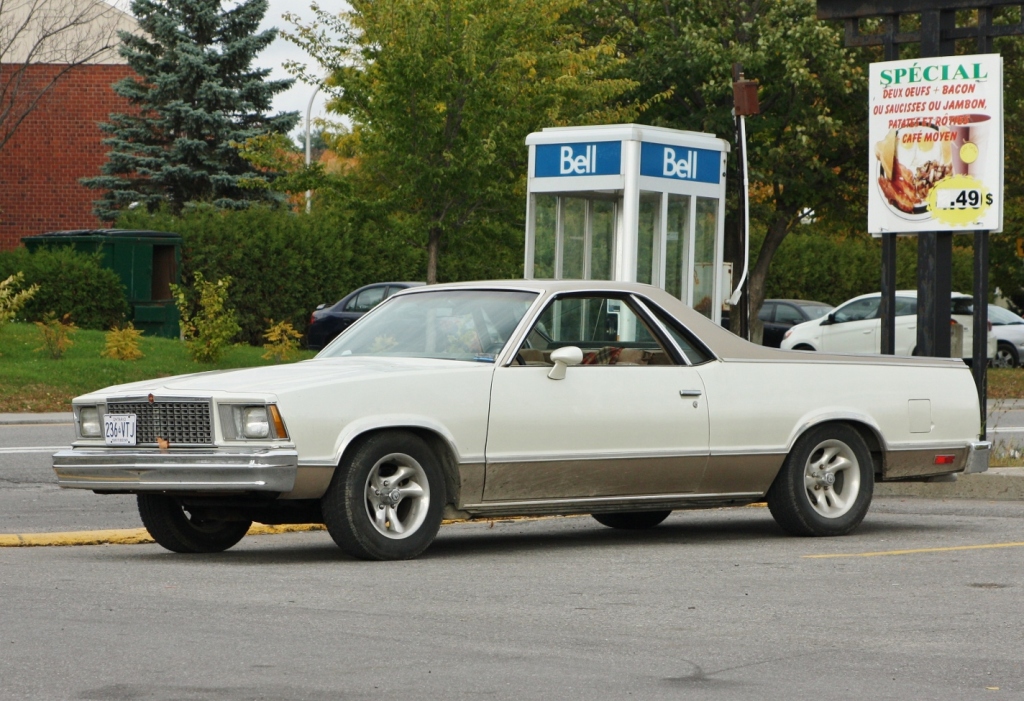
1978-79 Chevrolet El Camino, spotted in Hull, Quebec.
Of all the extinct American cars I’d like to see resurrected, the Chevrolet El Camino tops the list (the Lincoln Continental, ideally with suicide doors, is a close second).
It’s been 27 years since the last El Caminos rolled off U.S. assembly lines, bringing an end to the car-pickup era. Despite having been produced since 1959 (with a gap between ’60 and ’64), by the end of its life the midsize sedan-turned-pickup had gained a somewhat undeserved stigma as the ride du jour of hillbillies and moonshiners.
Designed to compete with the Ford Ranchero (introduced in 1957), the El Camino was initially based off the full-size Impala for ’59-60, before switching to the mid-size Chevelle platform from ’64 onwards. From 1978 to 1987, a slightly lengthened Malibu platform was put to work underpinning the fifth and last generation of El Camino. Despite being associated with the U.S. (especially the Southern U.S.), the car-pickup – aka the coupé utility, aka the ‘ute’ – was an invention and treasured automotive oddity of Her Majesty’s Commonwealth of Australia.
First marketed by Ford of Australia in 1934, the new body style was created in response to a 1932 letter from a lady who asked if they could build her a vehicle that could drive her to church on Sunday, while still being able to haul livestock on Monday.
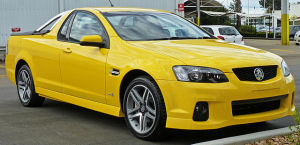
2010-2011 Holden Ute. Since the mid-1930s, GM’s Australian division has been cranking out Utes without stopping (image: OSX/Wikimedia Commons)
The need to compete with this strange new vehicle hybrid led General Motors subsidiary Holden to bring a ute to market the following year. The Holden Ute is still in existence, and speculation has been neverending about a Chevrolet-badged version coming to our shores.*
(* Note: while I love the idea of a returning El Camino – something that probably won’t happen for years, if ever – I despise the Holden Ute’s roofline. That pinched effect where the door frame and C-pillar meet turns me off. Having the door integrated into a solid sail panel, like on El Caminos of the 60s and 70s, would eliminate this effect, and I could go back to loving it completely.)
American or Australian, the intent of the ute was to offer buyers a comfortable, car-like ride with a side of utility, made affordable by using as many existing parts as possible. And that’s the way things stayed for the El Camino (and its twin, the GMC Sprint/Caballero), though the muscle car era saw the Chevelle-based El Camino adopt the same hot powerplants and paint as its stablemate.
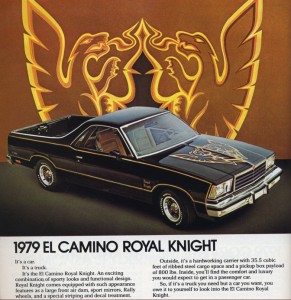
The El Camino Royal Knight. Just like a Trans Am. Only based on a Malibu. With a pickup bed.
The fifth and final generation of El Camino saw the ute slimmed down (as was the style in the late ’70s), now based on the midsize Malibu platform. The wheelbase gained an inch over the Malibu, but otherwise, the tradition of make do with what you have carried on. The front end of the ’78-’87 El Camino was pure Malibu.
The long doors were borrowed from the Monte Carlo coupe, while the rear tailgate was sourced from the Malibu wagon. Under the hood, the El Camino reflected the lean times it found itself in. For ’78, the base engine was a 200-cubic-inch inline six making a paltry 95 horsepower. The upgrade was the respectable and long-lived 305 cid V-8, making 145 horsepower.
A ballsy 350 c.i.d. small-block V-8 topped the range, and was the engine of choice if you were the type who longed for an eagle painted on your hood.
Three and four-speed manual transmissions came standard in lower trim levels, though most buyers opted to let the ubiquitous 3-speed Turbo-Hydramatic do the shifting for them. In ’79, the El Camino saw the stopgap 267 c.i.d. V-8 join the engine lineup, while in 1980 the base engine was dropped in favour of a 229 c.i.d. V-6 making 115 horsepower. The 350 option was also dropped that year.
The 1981 model is my favourite from this generation, mainly because Chevy ditched the egg-crate grill and went with horizontal chrome bars. Desperate to please the EPA and meet their stringent emissions requirements, GM joined most other automakers that year in adding a lockup torque convertor to their 3-speed automatic in an effort to boost highway mileage.
The following year, 1982, saw the El Camino adopt the quad-headlights and blunt front end of the refreshed Malibu, a style it would carry to its demise. GM’s notorious 350 c.i.d. diesel was offered from ’82-’84, while the 267 was dropped.
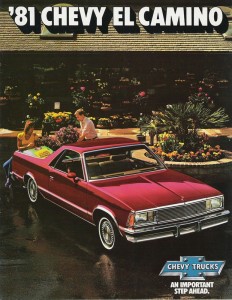
The ad says ‘Chevy Trucks’, but the El Camino was all car underneath.
Despite strong initial sales of the fifth generation El Camino, buyers drifted away and the model withered on the GM vine through most of the 1980s.
As the top photo shows, this model of El Camino (especially the pre-1982s) had some style to work with, and made the best of a two-tone paint job. Despite the stigma that grew mostly after the car ceased production, a lower-end El Camino with a V-6 and three-person bench dished out a fair bit of practicality and would have been useful in a number of situations.
And wasn’t this the original intent of the body style all those years ago in Australia?
Whether or not the El Camino rises from the ashes in North America is a question for gamblers. I figure if there was real demand for the vehicle, it would have happened by now.
Maybe the body style is too polarizing for modern sensibilities (mention the El Camino at a party and you’ll quickly see it’s either ridiculed or revered), or, maybe there are just too many new vehicles today that already have room to haul our stuff.
I’d still like to see it come back one day. And not solely as a limited-edition performance car, either – that would be GM thumbing its nose at history and the intention of the model.
